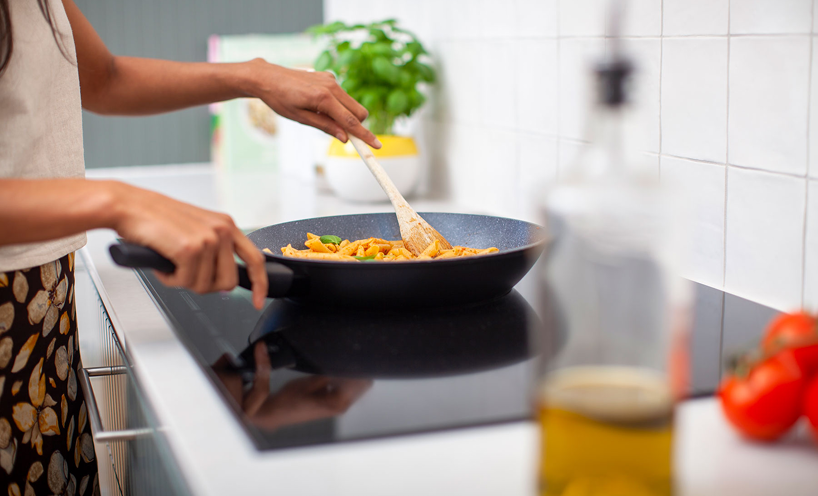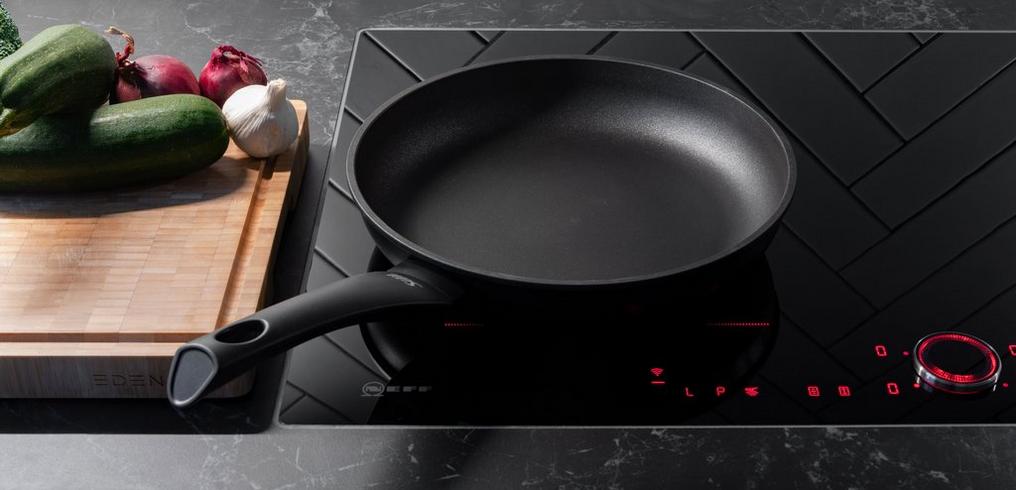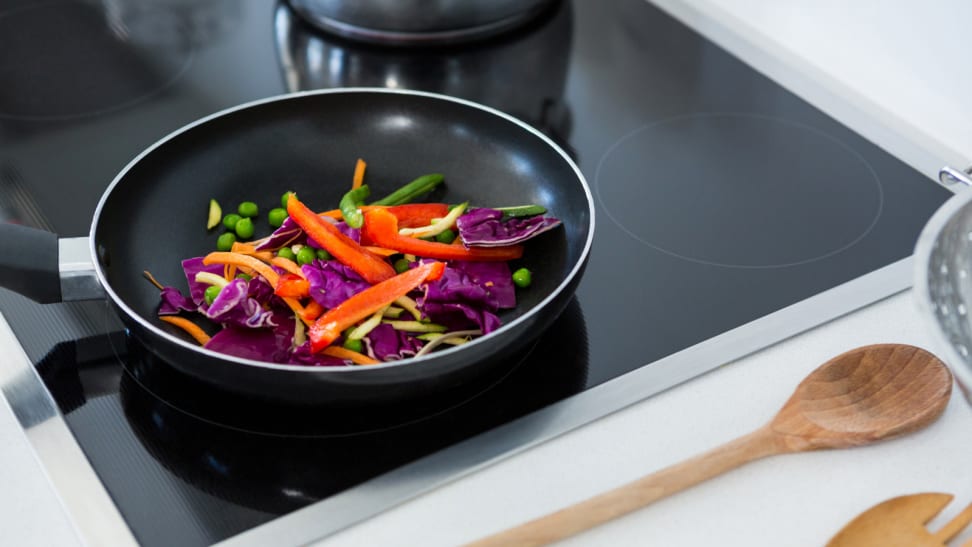For kitchen professionals, the choice of cookware can significantly impact the cooking process and the final dish. One tool that has stood the test of time is the cast iron skillet. However, with the rise of modern cooking technologies like induction cooktops, many chefs are exploring how this traditional material performs on new surfaces. This article delves into the real-life experiences of using cast iron on induction stoves, providing insights for culinary experts.

Understanding Induction Cooking
Before diving into personal experiences, its crucial to understand how induction cooking works. Unlike traditional gas or electric stoves, induction cooktops use electromagnetic fields to heat the cookware directly. This means that the stove itself doesnt get hot; instead, the energy is transferred directly to the pan. This method is not only efficient but also offers precise temperature control, which is essential in professional kitchens.
The Charm of Cast Iron
Cast iron cookware is known for its durability, excellent heat retention, and ability to provide a superior sear. Chefs have long used cast iron for its ability to maintain consistent temperatures and impart a unique flavor to dishes. However, its compatibility with induction cooktops has been a topic of curiosity and experimentation among culinary professionals.
Real-Life Experiences in the Kitchen
Many chefs have transitioned to induction cooking due to its efficiency and safety. Heres what some kitchen professionals have shared about their experiences with cast iron on induction:
Seamless Heat Distribution
One of the key benefits noted is the even heat distribution that cast iron provides when paired with induction. Unlike other materials, cast iron heats uniformly, ensuring that dishes cook evenly. This is particularly beneficial when preparing delicate sauces or conducting high-heat searing.
Quick Temperature Adjustments
Induction cooktops are known for their precise temperature control. Chefs appreciate the ability to quickly adjust the heat, which is crucial when managing multiple dishes simultaneously. Learn more about controlling heat using cast iron on induction.
Aesthetic and Flavor Enhancements
Many chefs find that cast iron not only enhances the flavor of their dishes but also adds an aesthetic appeal. The rustic look of a cast iron skillet can complement the presentation of many dishes, offering a visual treat alongside culinary delight.
Challenges and Solutions
While the benefits are numerous, using cast iron on induction stoves is not without its challenges. Heres how some professionals manage these issues:
Weight Considerations
Cast iron is notably heavier than other cookware materials. This can make handling and maneuvering the skillet on an induction cooktop more challenging. Chefs suggest using a sturdy induction cooktop that can support the weight and investing in quality cast iron with a comfortable grip.
Maintaining the Cookware
Another challenge is maintaining the seasoning of cast iron, especially when used on induction stoves. Regular seasoning and proper cleaning techniques are vital to preserving the nonstick properties and preventing rust. For tips on maintaining your cast iron, visit Everyday Cooking with Cast Iron on Induction.
Conclusion
For kitchen professionals, integrating cast iron into induction cooking is a rewarding experience that combines tradition with modernity. The combination offers unparalleled control over the cooking process, enhancing both the efficiency and quality of dishes. As more chefs share their real-life experiences, the culinary community continues to embrace the synergy of cast iron and induction cooktops.

FAQ
Can all cast iron be used on induction cooktops?
Yes, most cast iron cookware is compatible with induction cooktops due to its magnetic properties. However, its always best to check the manufacturers guidelines.
Does using cast iron on induction affect cooking times?
Induction cooktops generally provide faster heating times, and when paired with cast iron, the heat retention and distribution enhance cooking efficiency.
How do I maintain my cast iron skillet for induction cooking?
Regular seasoning and proper cleaning are crucial. Avoid using soap and ensure the skillet is completely dry before storing to prevent rust.
For more information on using cast iron with induction, you can explore resources like Consumer Reports and HowStuffWorks.






Leave a comment
This site is protected by hCaptcha and the hCaptcha Privacy Policy and Terms of Service apply.